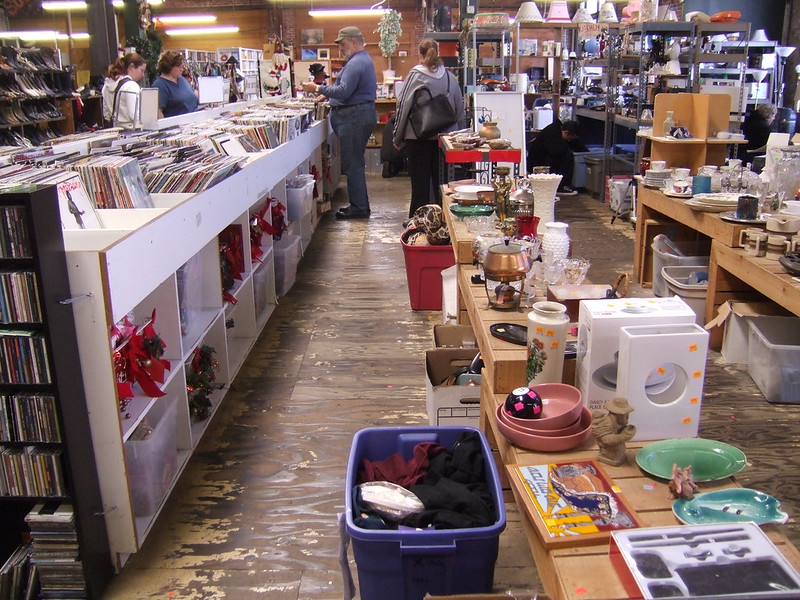Discover Flea Markets: Uncover Antiques, Vintage Finds, and Local Gems
Flea markets represent vibrant community spaces where vendors gather to sell an eclectic mix of merchandise, from antiques and collectibles to handmade crafts and vintage items. These bustling marketplaces have evolved from humble beginnings as informal outdoor bazaars to become cultural institutions where treasure hunters, collectors, and casual shoppers alike can explore unique offerings and connect with local sellers.

What is a Flea Market?
A flea market is an outdoor or indoor venue where multiple vendors sell secondhand goods, antiques, collectibles, and artisanal items. Unlike traditional retail stores, flea markets typically operate on specific days and feature independent sellers who rent space to display their merchandise. These markets often combine professional antique dealers with casual sellers, creating a diverse shopping environment where visitors can find everything from vintage furniture to handcrafted jewelry.
Finding Flea Markets in Your Area
Local flea markets can be discovered through various channels. Community bulletin boards, local newspapers, and social media platforms frequently list market schedules and locations. Many areas host regular markets in established locations, such as fairgrounds, parking lots, or dedicated market buildings. Online directories and market-specific websites help shoppers locate both permanent and temporary flea market events in their region.
How to Prepare for Your Flea Market Visit
Successful flea market shopping requires preparation. Arrive early for the best selection, and bring cash in various denominations since many vendors don’t accept cards. Wear comfortable shoes and weather-appropriate clothing, as many markets involve extensive walking and outdoor exposure. Consider bringing a portable shopping cart or bags for purchases, and a tape measure if shopping for furniture or larger items.
Discovering Hidden Gems at Flea Markets
Finding valuable items at flea markets requires patience and knowledge. Research popular collectibles and their typical market values before shopping. Examine items carefully for authenticity marks, signatures, or identifying features. Look beyond surface condition, as many valuable pieces may simply need cleaning or minor repairs. Some of the most interesting finds often appear in unexpected places or mixed with ordinary items.
Tips for Bargaining and Making Purchases
Negotiating prices is a standard practice at flea markets, but should be conducted respectfully. Start by establishing a friendly rapport with vendors and showing genuine interest in their items. Make reasonable offers, typically beginning at 15-25% below the asking price. Bundle multiple items together for better deals, and be prepared to walk away if the price doesn’t meet your budget.
Typical Flea Market Pricing Guide
| Item Category | Average Price Range | Negotiation Potential |
|---|---|---|
| Vintage Clothing | $5-50 | High |
| Antique Furniture | $50-500 | Moderate |
| Collectibles | $10-200 | High |
| Handmade Crafts | $15-100 | Low |
| Vintage Books | $3-30 | Moderate |
Prices, rates, or cost estimates mentioned in this article are based on the latest available information but may change over time. Independent research is advised before making financial decisions.
Flea markets continue to thrive as destinations for unique shopping experiences, offering opportunities to discover one-of-a-kind items while supporting local vendors and sustainable shopping practices. Whether searching for specific collectibles or simply browsing for inspiration, these markets provide both entertainment and the potential for finding remarkable treasures.




